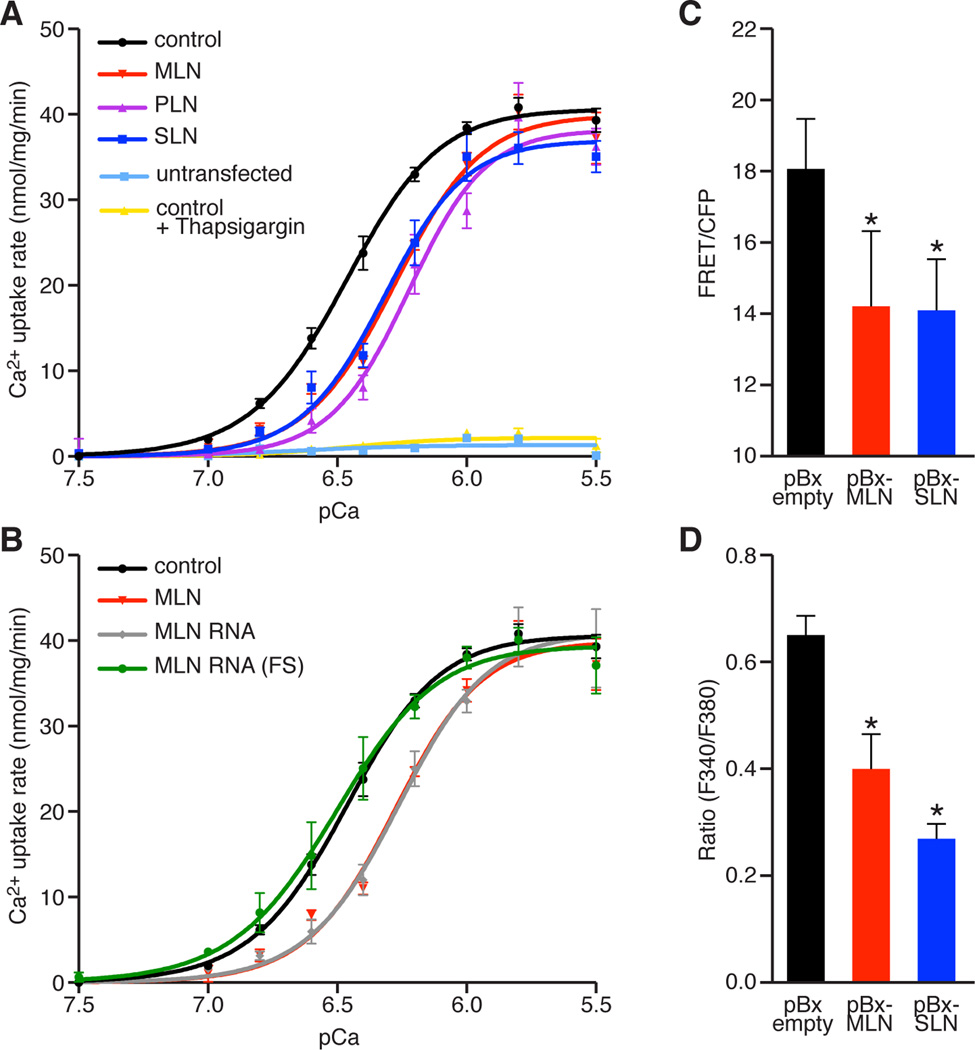Figure 3. MLN Regulates SR Ca2+ Levels by Inhibiting SERCA Pump Activity.
(A and B) The Ca2+-dependence of the relative rate of Ca2+ uptake is shown for homogenates from HEK 293 cells co-transfected with SERCA1 and the indicated constructs. Co-transfection with MLN, PLN or SLN resulted in a similar decrease in Ca2+ uptake, corresponding to a decreased affinity of SERCA for Ca2+, relative to empty vector (Control). For comparison, untransfected cells and SERCA1 expressing cells treated with the SERCA inhibitor thapsigargin (100nM) are shown. The activity of the full-length RNA transcript encoding the MLN ORF (MLN RNA) is abolished by a frameshift mutation in the MLN ORF (MLN-RNA FS).
(C) Retroviral co-transduction of C2C12 myoblasts with the FRET-based Ca2+ sensor T1ER with MLN or SLN was used to directly measure the relative levels of SR Ca2+. Both MLN and SLN significantly decreased SR Ca2+ levels relative to an empty retroviral vector.
(D) Retroviral over-expression of MLN or SLN in C2C12 myoblasts treated with 4-CMC and imaged with fura-2-AM showed decreased levels of SR Ca2+, measured by peak Ca2+ release from the SR.
Data are presented as mean ± SEM. (* denotes p < 0.05 compared to pBx-empty).
See also Table S1.

